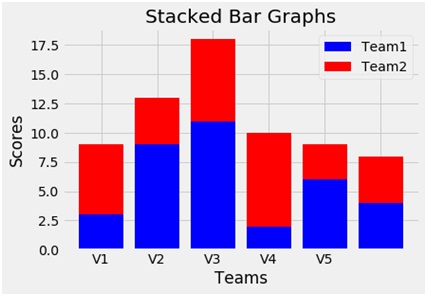
The thread stack size must be specified before new threads are created for those threads to take on the new value. When setting a new thread stack size, the function will return the old (current) thread stack size.Ī subsequent call to threading.stack_size() with no argument will return the current value of the thread stack, reporting the new value. Note, the threading.stack_size() function is a synonym or alias for the _thread.stack_size() function. Now that we have some ideas on why we might adjust the stack size, let’s look at how we might do this. This may result in better performance for the threads given the stack size is pre-allocated, and may avoid stability problems if the interpreter imposes a hard limit on the size of a thread stack.Ī limitation of a small thread stack size is that a program that requires a large thread stack size may result in a memory error resulting running out of space on the thread stack, called a stack overflow. In that case, we may want to increase the thread stack size. This might involve many small functions with many local variables and perhaps some functions called recursively. More likely, we may have one or more worker threads executing complex function call graphs. In that case, we may want to set the thread stack size to the minimum value. We may want to change the Python thread stack size in our program.įor example, we may have a large number of very simple worker threads that execute a single function with few local variables. Note that some platforms may have particular restrictions on values for the stack size, such as requiring a minimum stack size > 32 KiB … - threading - Thread-based parallelism Python will use a default thread stack size that is specific to your underlying operating system.
#Create a stack in python download
Run your loops using all CPUs, download my FREE book to learn how. Now that we know what the Python thread stack size is, let’s look at why we may change it. It is hard to nail down exact details of the Python thread stack and stack size details in the CPython interpreter, but a good place to start is here: - Python Data model This is particularly an issue when a thread executes a single function recursively.

The size of the stack may limit the number of instructions that can be maintained by a thread, such as the depth of a tree of function calls and the local variables maintained in those function calls.

This is so that the management and execution of instructions is fast. The size of the stack is fixed and is pre-allocated by the Python interpreter for each thread. a so- called stack machine.Įach Python thread will have its own stack of instructions that are maintained and executed. The Python bytecodes are executed using a stack data structure that adds instructions as functions are called and pops instructions as they are executed, e.g.
#Create a stack in python code
This “intermediate language” is said to run on a virtual machine that executes the machine code corresponding to each bytecode. Python source code is compiled into bytecode, the internal representation of a Python program in the CPython interpreter. Python code is compiled at runtime into Python bytecode and executed in the Python virtual machine.


 0 kommentar(er)
0 kommentar(er)
